My name is Piperina, not Pepperina or Paperina. The Philozoike people hardly knew how to spell my name, when they asked me to join Paola, the mare, who did not particularly welcome my arrival. Now we are getting along well. She gets most of the apples and carrots, however.
The problem is I am rather old and do not move as fast as she does. Furthermore I do not see very well… I mean I hardly see at all. But do not tell Paola, please. Also, I tell you, these new friends may leave something to be desired when it comes to naming donkeys, but they take very good care of me. Actually Azi has made it possible for me to be treated with a new medicine and it maybe, it just may be, that I get back some of the sight I lost. Here you can see Doctor Despoti putting some green stuff into my eyes. She is assisted by Vangelitza, one of the earliest most devoted member of Philozoike. Too bad you don’t see much of her in these pictures. When I start seeing again I’ll teach them how to frame a photograph.








